What Is Flexible Polyurethane Foam?
Flexible polyurethane foam (FPF) is a polymer produced from the reaction of polyols and isocyanates, a chemical process pioneered in 1937. FPF is characterized by a cellular structure that allows for some degree of compression and resilience that provides a cushioning effect. Because of this property, it is a preferred material in furniture, bedding, automotive seating, athletic equipment, packaging, footwear, and carpet cushion. It also plays a valuable role in soundproofing and filtration.
The flexible polyurethane foam is a polyurethane foam open cells with soft consistency, which manages to assume a solid form until triplicating its volume, covering any cracks, due to the chemical reaction between the two components. There are special fireproof foams intended for fixation of fireplace pipes and fire doors and can be obtained by casting or moulding. In the casting process the various components of the reaction are continuously cast onto a conveyor belt up to the creation of a block that, at the end of the reaction, can be cut into pieces of the desired length and, after maturation, in slabs and sheets of thickness supporting the customer needs. On the other hand, moulding production takes place in a mould for casting (low-pressure) or injection (high-pressure) and results into preformed pads ready for use, without the necessity of further cuts or notches. With all the experience acquired in almost 20 years of activity and due to the mixing of different components, it is precisely in the moulding that Alians Kimya manages to obtain meeting customer requirements.
flexible polyurethane foams are used for the production of pads for furnishings, seats, saddles and backs and seats in the automotive sector, shaped seats intended for the protection of delicate instruments, surfaces to be acoustically isolating.
Thanks to this technology, Alians Kimya manufactures different comfort saddles for many companies in the motorcycle field, seats for the railway transport, and special seats for the automotive industry and furnishings. The experience developed over time and the desire to keep pace with the evolution of the market qualify Alians Kimya to offer the customer multiple solutions in the processing of flexible polyurethane foam.


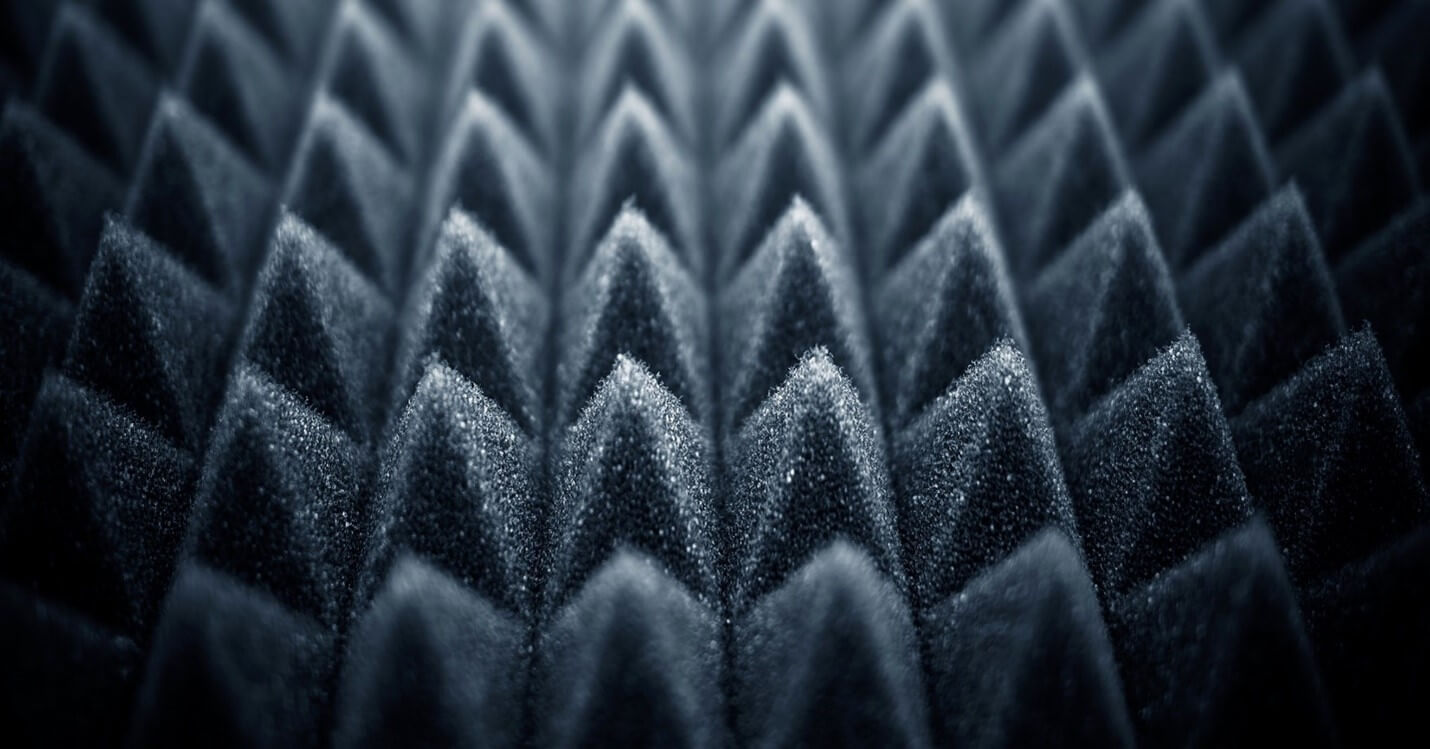
As the backbone of automotive seating, molded flexible polyurethane foam is an essential component of user experience in modern vehicles. Molded polyurethane foam not only provides comfort to consumers. It also contributes to vehicle safety and ergonomics, enables advanced features in seat systems, and provides opportunities to foster brand image. In addition, molded polyurethane foam is a core element of the durability of automotive interiors.
As a major supplier of chemicals to the automotive industry, Alians Kimya understands that manufacturers of molded polyurethane foam need high quality products, constant innovation and access to a broad selection of raw materials to meet the stringent .
While automotive and transportation seating remain the largest markets for molded polyurethane foams, our isocyanates and polyols are also used in several other applications that rely on these materials for comfort, performance and durability. Such applications include automotive parts for noise, vibration and harshness (NVH) improvement, furniture and bedding, packaging, medical devices, and sporting goods.
Flexible Polyurethane Foams
Flexible polyurethane foam is widely used as a cushioning material in the production of mattresses, seating, and specialty items. It’s produced by reacting a polyol blend (containing catalysts, surfactants, blowing agent, cell opener, etc.), with a TDI or MDI Isocyanate. Formulators regulate flexible polyurethane foam properties through raw material choices and formulation processes. Flexible foam can be very firm or very soft, or even visco-elastic.
 Flexible slabstock foam is produced in a continuous application, where the mixed materials are laid down on a moving substrate and allowed to rise unrestricted. Typical substrates are foil and kraft paper. This foam is then cut and fabricated to the end-use size and shape. This foam is usually low density.(1.5-2.5 pcf).
Flexible slabstock foam is produced in a continuous application, where the mixed materials are laid down on a moving substrate and allowed to rise unrestricted. Typical substrates are foil and kraft paper. This foam is then cut and fabricated to the end-use size and shape. This foam is usually low density.(1.5-2.5 pcf).
Flexible molded foam is produced using molds that form the foam shape during cure. Typical applications are seating used in office furniture, transportation, recreational vehicles, and medical positioning. This foam is usually medium density. (3.0 – 5.0 pcf).
Slabstock Flexible Foam
Slabstock polyurethane foam is the heart and soul of comfort in many consumer products. Over the years, innovation in this segment brought to world the soft and unique feel of memory foam in mattresses and pillows, the convenience of bed-in-a-box products, support and improved ergonomics in furniture, and well-being in many other applications, such as medical equipment, transportation, sporting goods or carpet underlay.
As a long-standing partner to the slabstock foam industry in Turkey, Alians Kimya understands the expectations and challenges of this market. Therefore, we offer solutions that not only help foam manufacturers innovate and create differentiated products for their customers, but also allow plant operations to improve productivity, optimize raw material use, and achieve their objectives in terms of reliability and sustainability. Specifically, our products and services for the slabstock foam industry include:
Comprehensive range of standard polyurethane raw materials (TDI, MDI and polyether polyols) supplied from ourplants.
Differentiated isocyanate blends and polyols grades, including graft polyols.
Outstanding technical support with capabilities covering formulation assistance, selection and handling of raw materials and production optimization.
Support to innovation with a dedicated technical team and pilot slabstock foam facilities.
Furniture Pu
Polyurethane is one of the most versatile materials used by designers in the furniture sector. Its ductility makes it ideal to be used in the many different applications and especially for integral foam armrests, seats and backs in flexible foam, furniture in structural rigid PU and polyurethane gel accessories. Alians Kimya offers innovative products and solutions meeting the market needs: a wide range of productss, customized according to the customer’s requests and specialty additives that give better physical and mechanical performance and resistance to polyurethane.
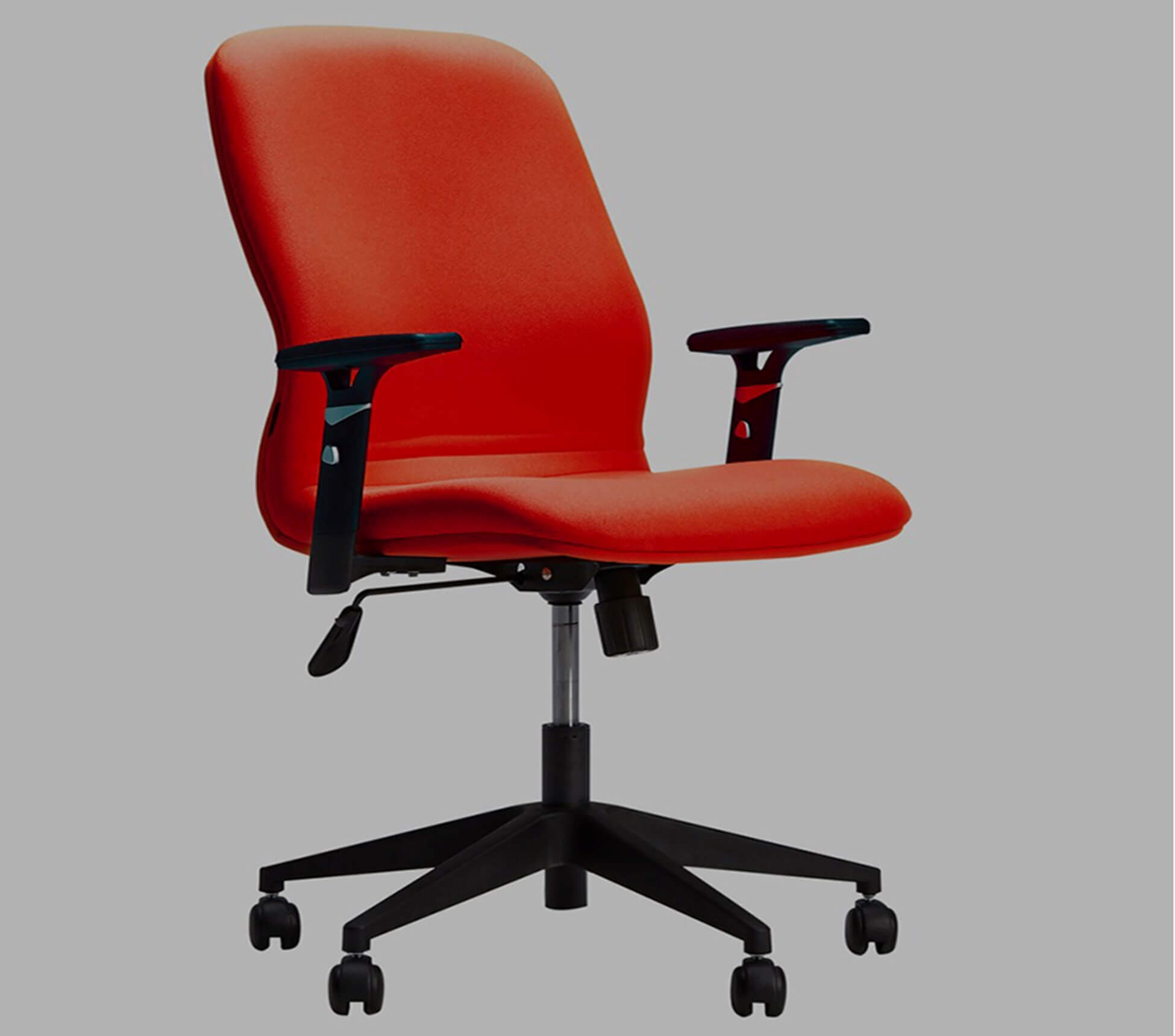
Furniture and Bedding PU
Polyether and polyester polyurethane foams represent the material of choice for upholstered furniture sector as well as in the pillow and mattress industry, not only thanks to their comfort, but also to the antibacterial and flame-retardant properties acquired through the addition of dedicated performance additives. Alians Kimya offers a complete range of PU and additives for the industry, that give aesthetics and performance to the endproducts.
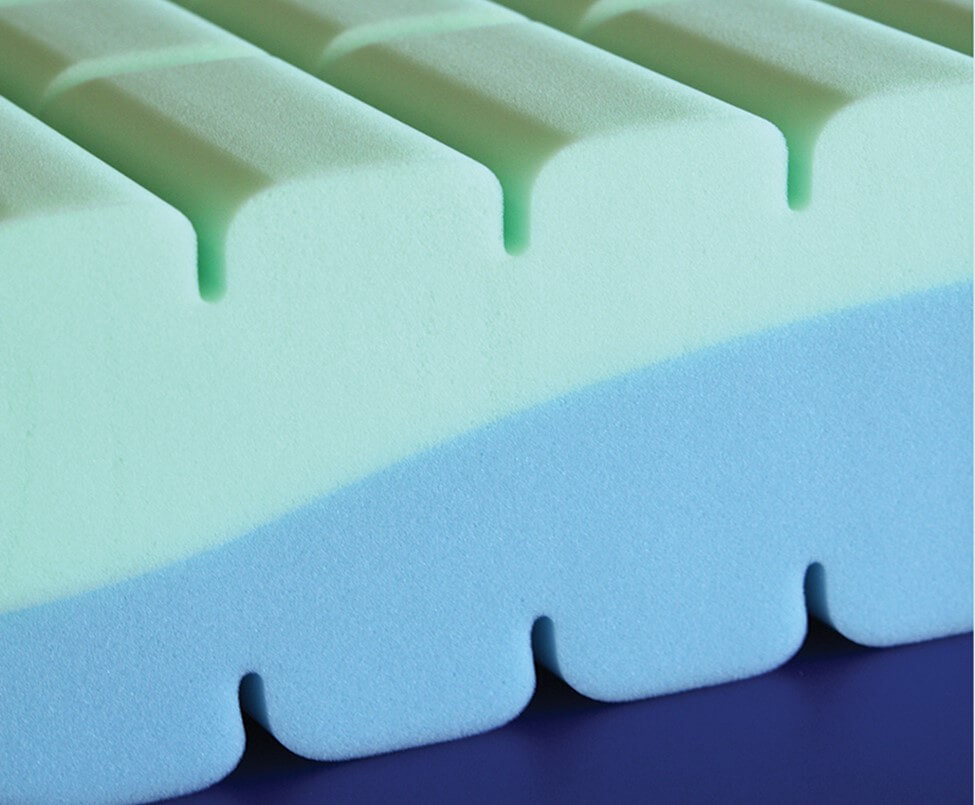
Polyurethane soft foam is mostly open-cell structure, with low density, good elastic recovery, sound absorption, ventilation, heat preservation and other properties. It is mainly used as cushion for furniture, mattresses, vehicle seat cushions, headset etc., also for industrial and civil use. Soft foam is used as a filter material, a soundproof material, a shockproof material, a decorative material, a packaging material, and a heat insulating material. Cushions – such as seats, sofas, mattresses, etc., polyurethane soft foam is an ideal cushion material, cushion is also the largest application area of soft foam; Sound absorbing material – the open-cell polyurethane soft foam has good sound absorption and vibration-absorbing function and can be used as indoor sound insulation material; Fabric composites – shoulder pads, bra sponges, cotton pads; toys.
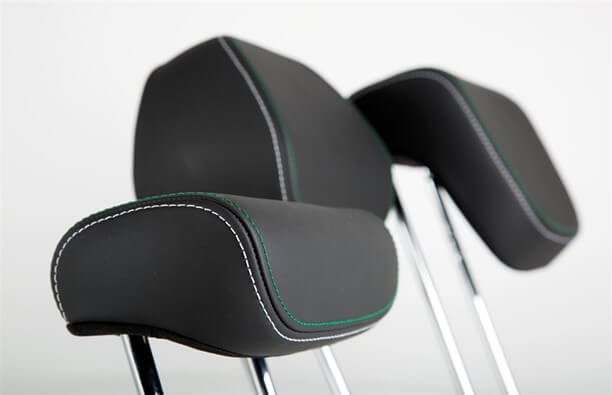
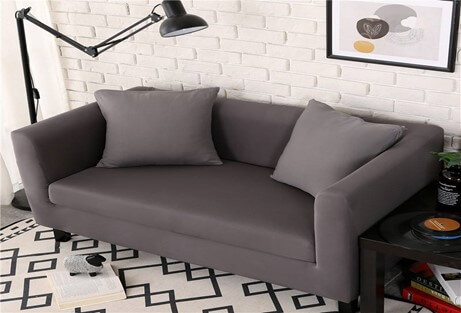

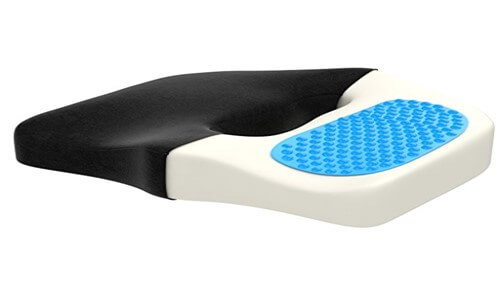
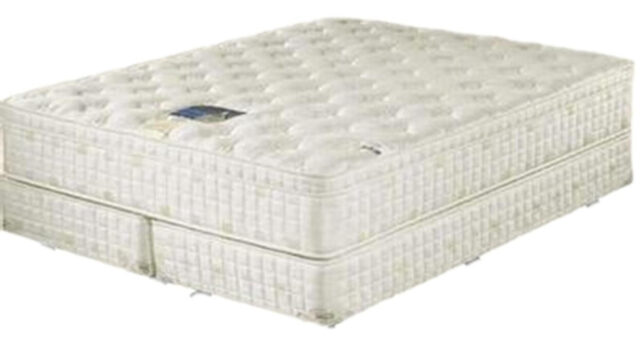

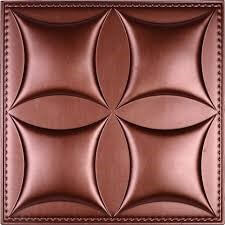

The advantage of polyurethane flexible foam
1.widely used in many area
2.High air permeability and good air circulation
3.Temperature-sensitive for optimum pressure relief
4.Washable (in domestic washing machines) up to 60 °C,without loss of product properties
5.Improved product properties and reduced demoulding time
HOME & OFFICE
Without us even noticing, many of the products that can be found in our homes and offices are (at least partly) made out of polyurethane foam. Foam is present in the mattresses and pillows we sleep on, in the upholstery of our sofas or (office) chairs, and serves as acoustic insulation in our floors, ceilings and walls. It is also present in many products where we might not expect it, from the filters of our vacuum cleaners to those of our aquaria or even in the battery of our cell phones.
Bedding
The mattress is the single most important element of every bedroom. People on average spend a third of their life on it and it is common knowledge that getting good rest is an important factor of an active and happy life. Buying a mattress is therefore not inconsequential when it comes to one’s health and well-being. –
Mattresses are generally classified in three categories, depending on the material constituting the core of the mattress: polyurethane foam, latex or springs. Most mattresses do however contain layers of polyurethane foam in varying proportions, thanks to its unique properties for comfort and support.
TRANSPORT & AUTOMOTIVE
The main applications of polyurethane foam in transport applications are for trimming, seats, headrests, (air-conditioning) filters and acoustic insulation. Depending on the application they are being used for, these foams have to comply with specific performance and emission standards.



